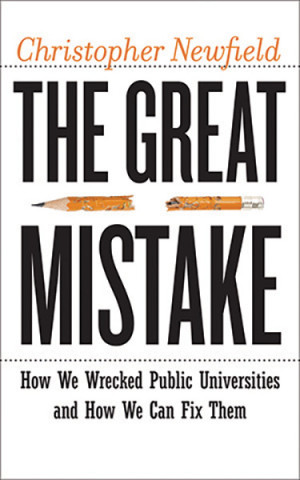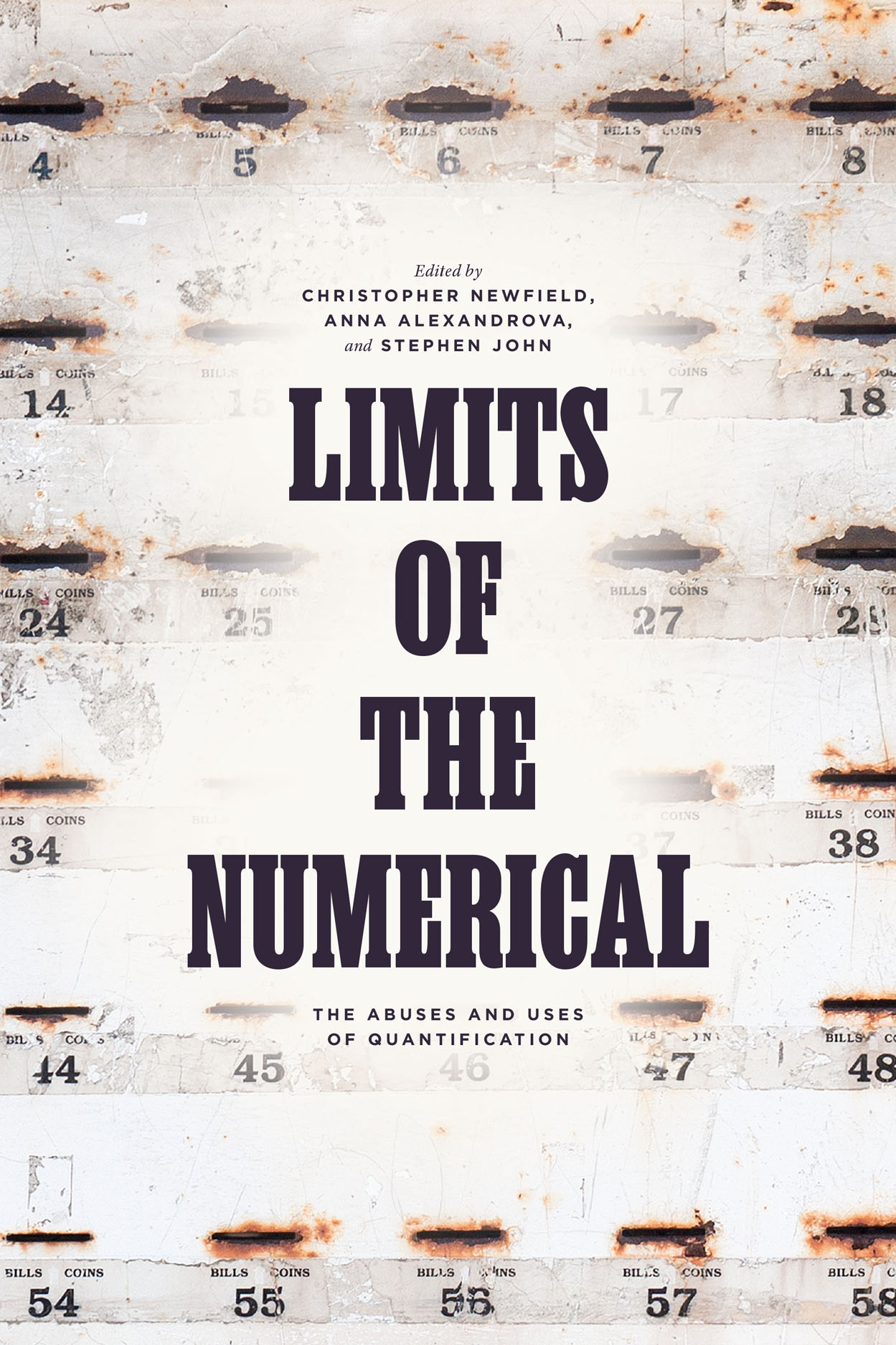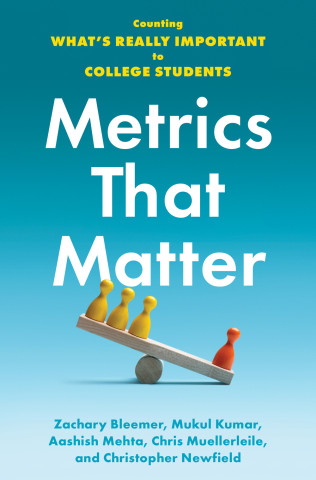 |
| Oxford, Ohio on April 28, 2016 |
by Timothy V. Kaufman-Osborn
Dear colleague (Take #1)
“Dear Colleague.” So begins the letter sent by the U.S. Department of Education (DoE) to colleges and universities on February 14, 2025. This communication, however, is anything but collegial if, as Merriam-Webster tells us, this term includes as one of its meanings: “marked by power or authority vested equally in each of a number of colleagues.” Ostensibly written “to clarify the nondiscrimination obligations of schools and other entities that receive federal financial assistance,” this letter’s salutation implies that what follows is so much legal counsel offered by one partner to another in the common cause that is education. In fact, however, this “guidance” quickly turns into an ominous bundle of accusations, imperatives, and threats directed against what JD Vance has labeled an “enemy” who must now be defeated.
“In recent years,” the letter opens, “American educational institutions have discriminated against students on the basis of race, including white and Asian students.” Colleges and universities thereby stand accused of embracing “repugnant race-based preferences” and, indeed, of perpetuating forms of “segregation” that are “a shameful echo of a darker period in this country’s history.” To reproduce this ugly past under the banner of “diversity, equity, and inclusion” is to traffic in a “smuggling” operation that reproduces forms of bias prohibited by Title VI of the Civil Right Act of 1964 and the Equal Protection Clause of the U.S. Constitution.
This accusation quickly morphs into an imperative as the DoE announces that it “will vigorously enforce the law” against anyone who refuses to comply with its dictates; and that declaration soon becomes a threat as the letter’s recipients are warned that any institution that dares to disobey may find itself stripped of all federal funding. Those who are initially identified as “colleagues” are, by letter’s end, redefined as recalcitrant subjects whose conformity to federal law can only be secured by means of punishment, whether anticipated or actually inflicted.
Buried in a footnote, the February 14 letter concedes that it “does not have the force and effect of law and does not bind the public or create new legal standards.” This disclaimer, however, is belied by the letter’s coercive intent. What this document seeks is the reconstitution of colleges and universities as sites of ideological indoctrination committed to, among other things, the rescue of white supremacy, the reconsolidation of heterosexist gender identities, and a specious doctrine of meritocracy that will do no more than camouflage kleptocratic rule. Accomplishment of these ends demands higher education’s capture within a larger authoritarian regime that can have no place for colleges and universities dedicated to critical inquiry or the academic freedom that is its indispensable condition. That done, those addressed by the DoE as “colleagues” will in fact be so many subordinates.
Dear colleagues (Take #2)
“Dear Colleagues.” So opens the March 10 communication sent by Harvard’s president and other senior executives officers to all who are this university’s employees. Composed in response to unspecified but “rapidly shifting federal policies,” which we must assume includes those announced in the DoE’s February 14 imperative, this letter imposes a freeze on all staff and faculty hiring. This order, its recipients are told, is effective immediately and will remain in place indefinitely.
What is the sense of the term “colleague” in this letter’s salutation? “We are enormously grateful,” effuses President Garber, “for your dedication and commitment as we work collectively to advance our mission.” Those who perform this work, it appears, are those indicated by the Oxford English Dictionary (OED) when it defines a colleague as “a person who is employed in the same workplace or organization: a co-worker.” But this characterization of Harvard’s employees as partners in a shared endeavor presupposes and at the same time obfuscates the hierarchical structure of rule that authorizes some to issue this imperative and, by implication, denies this same prerogative to those whose foremost obligation is to obey. To concede this is to acknowledge that America’s colleges and universities are themselves legally organized as autocracies and for that reason replicate rather than repudiate the authoritarian regime within which they are now being subsumed.
The basic legal structure of the American academy, as I have explained elsewhere, is an accident that emerges out of circumstances specific to the pre-Revolutionary era, most notably the absence of an established body of scholars who might undertake the work of institutional governance, as was true at Cambridge and Oxford. That lack enabled local elites, chiefly clerical and political, to maintain control over America’s earliest colleges; and it is the obdurate legacy of this colonial relic that we now find depicted in the hierarchical organization charts of U.S. institutions of higher education.
These diagrams demonstrate what Walter Metzger and Richard Hofstadter once labeled “the great anomaly of American higher education.” Whether specified in a charter, enabling statute, or state constitution, this peculiarity consists of the law’s location of the university’s powers of rule within incorporated boards that are conventionally dubbed “external” insofar as their members are not employees of the universities they govern and “lay” insofar as expertise in matters academic is neither required nor expected as a condition of appointment. These bodies in turn are authorized to appoint a chief executive whose principal duty is to implement board directives and oversee the academy’s everyday operation. Beneath this officer, we find everyone else, whether designated as staff or faculty (although each of these groups is internally stratified by, for example, the demarcations between deans and associate deans, tenure-track faculty and contingent instructors, directors and administrative assistants, etc.).
What renders this constitutional form autocratic is the disenfranchisement of those who are subject to these boards’ rule from any legally guaranteed title to participate in that power. These are the persons we classify as employees, and this economistic designation is itself an indicator of their lack of any political authority to make the rules by which they are governed or to select and hold accountable those who do so. This is so not because boards or their chief executive officers are wannabe despots, but because most American colleges and universities are structured as a specific kind of corporation. For legal purposes, each of these boards is the corporation that is any given college or university, and it is to these bodies that the law grants the power to rule over its designated jurisdiction. Those who are not members of these corporations are those who, by the law’s mandate, collectively comprise the ruled.
True, certain categories of employees (for example, the faculty) may sometimes be permitted to play a role in the academy’s governance, but that opportunity is delegated and so may always be revised or even revoked by its rulers. That, to illustrate, is precisely what happened last year when the University of Kentucky’s governing board unilaterally stripped the faculty senate of its authority over the academic program and replaced that body with one whose role is entirely advisory. Should that university’s president call the members of this faculty “colleagues,” that will veil their situation as subjects whose power is held and exercised at the pleasure of monocratic others. To extend this label to contingent instructors and staff members who are at-will employees is to create a condescending veneer of equality that is mocked by the American academy’s antidemocratic legal form. Here, too, we find rulers and subjects but none who are rightly called “colleagues.”
Dear colleagues (Take #3)
When we weave together these two “dear colleague” letters, we see why Adam Sitze is right to label the American academy’s current situation “autocracy squared.” This is arguably the worst of all possible worlds, for here the autocratic academy ruled by external boards becomes a pawn of purposes dictated by those beyond, whether that be the Federal executive, state legislatures, plutocratic donors, and/or foundations that are no friends of the academy. Perhaps, therefore, now is the time to ask how U.S. colleges and universities might be reconstituted in democratic form, thereby rendering those who do its work not so many subjects in the guise of employees but, rather, “co-workers” in whom power is “vested equally” and who, for that reason, are in fact entitled to consider themselves colleagues.
How that might be done is intimated by this definition of a college, which is also taken from the OED: “an independent self-governing corporation” established “for purposes of study or instruction.” What this sense suggests is the possibility of fashioning the American academy in the form of what state statutory codes typically call member corporations. California’s nonprofit incorporation statute, to illustrate, invites the creation of juridical entities whose members are defined as those who have the right to vote for as well as to remove directors, to adopt or amend their articles of incorporation and bylaws, and, more generally, to exercise the additional powers conventionally afforded by law to incorporated bodies (for example, to determine the disposition of capital assets).
The fundamental difference between member corporations and their autocratic counterparts turns on how the power of rule is organized within each. In the latter, the authority to rule is legally monopolized by these boards and delegated downward through the formal chain of command depicted in standard organization charts. In a member corporation, this chart is turned upside down. Ultimate authority resides not within a head severed from the subjects it rules but, instead, within a body whose members may (or may not) choose to delegate authority upward. That authority, however, can always be recovered by the incorporated body politic that is its source as well as the ground of its legitimacy; and it is for this reason that the 18thcentury jurist William Blackstone was right to label this legal form a “little republic.”
Within this corporate form, the power of rule is exercised by its members over themselves; and they may do so either directly in assembly or indirectly via selection of the representatives they authorize to exercise a corporation’s powers on their behalf. These representatives may be organized within senates; but, unlike those within the autocratic university, these are not advisory bodies whose role is restricted to offering counsel to those who need not heed it. Instead, these senates are true legislatures whose officers may adopt, amend, or eliminate the statutes of a collegial enterprise whose members are so many citizens of a university organized as a self-governing corporation.
Becoming colleagues
Not long ago, Ryan Enos and Steven Levitsky published an op-ed titled “Harvard Must Take a Stand for Democracy.” There, they called on Harvard’s president to “give a high-profile speech defending democracy and condemning the administration’s assault on it.” To which Austin Sarat responded: “As professors continue to press college presidents to go beyond trying to protect the interests of their own places and take up the defense of democracy and the rule of law, faculty members, speaking through their own governing bodies, should also do so. They should pass and publicize their own statements and resolutions.” Were we scholars to do that, Sarat concludes, “our defense of democracy will be rooted, as it should be, in the democratic practices of faculty self-governance itself.”
Perhaps, though, Sarat does not go far enough insofar as he fails to ask whether faculty self-governance can in fact be realized within a legal form that renders their participation in institutional rule forever vulnerable to constriction and even elimination. Today, beset by a U.S. president that castigates us as foes, we find ourselves in a defensive crouch; and, from that posture, too often, we appeal to our institutional rulers to speak up against and save us from the autocrat without. That strategy, Sarat might have said but does not, will only leave us more dependent on the beneficence of autocrats within. Instead, let us dare to imagine an academy whose members, without equivocation, can address one another as “dear colleagues.”




0 comments:
Join the Conversation
Note: Firefox is occasionally incompatible with our comments section. We apologize for the inconvenience.